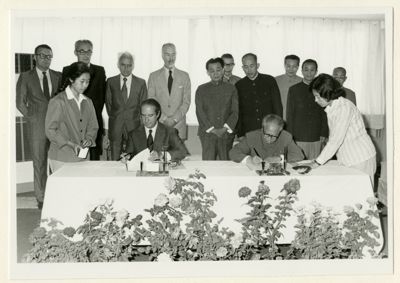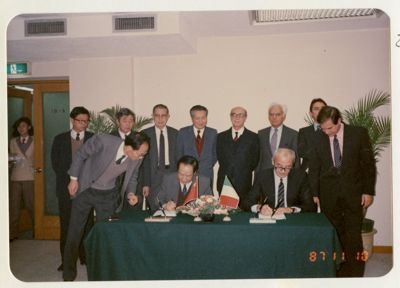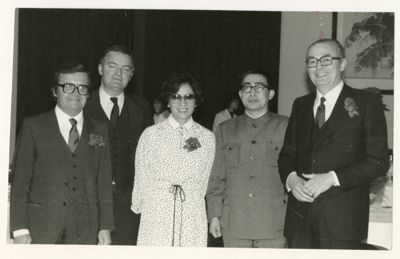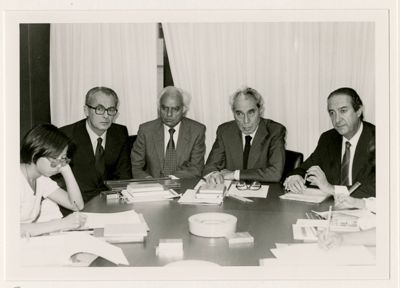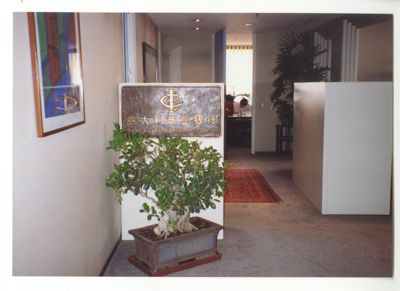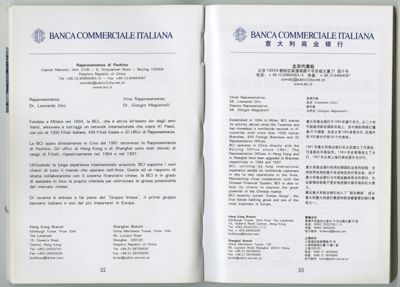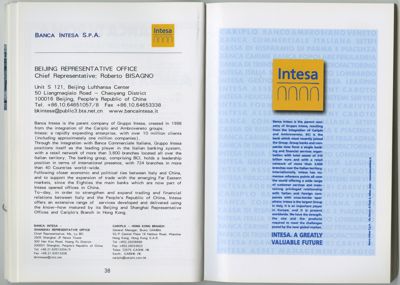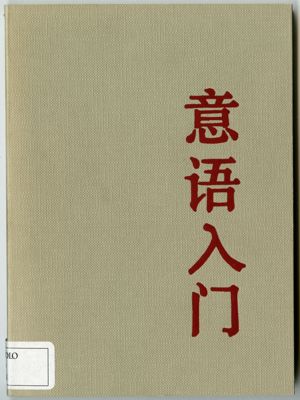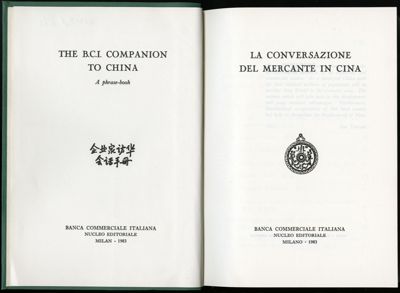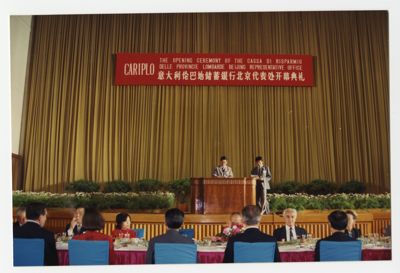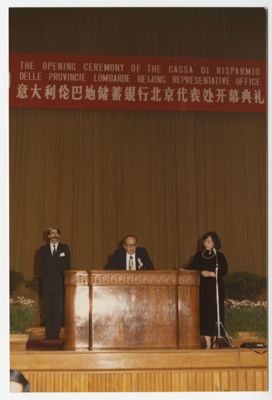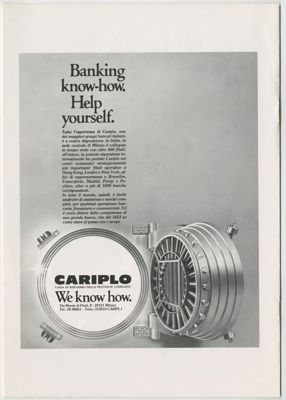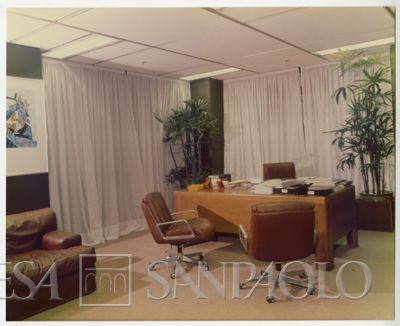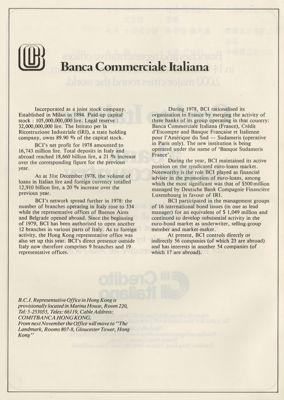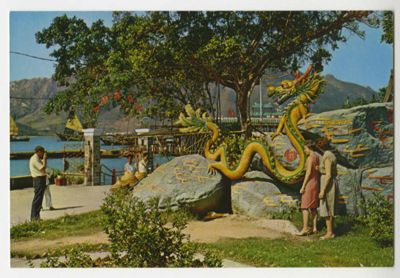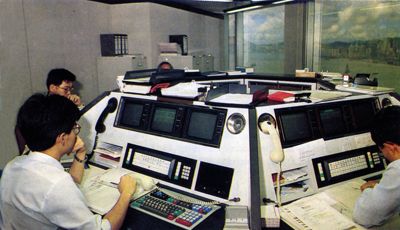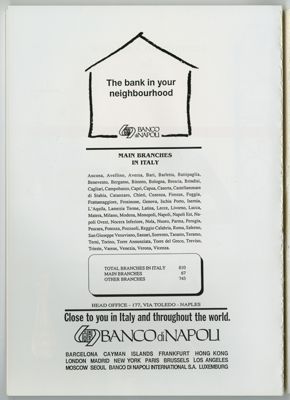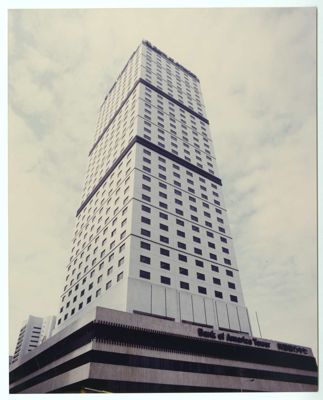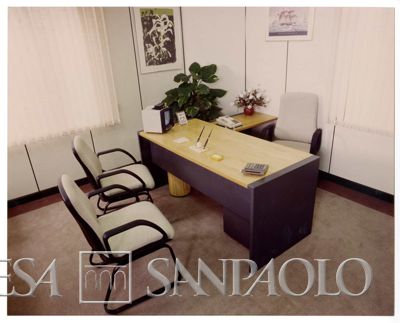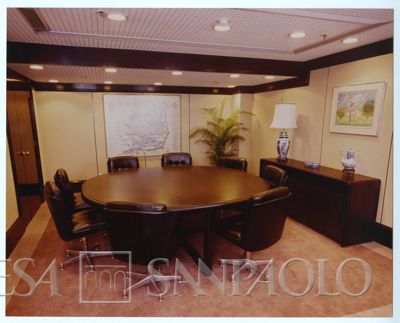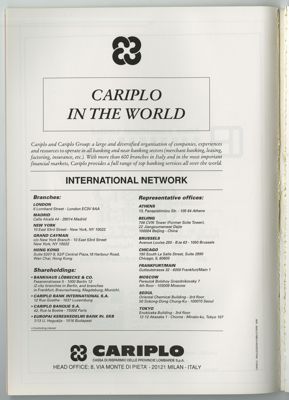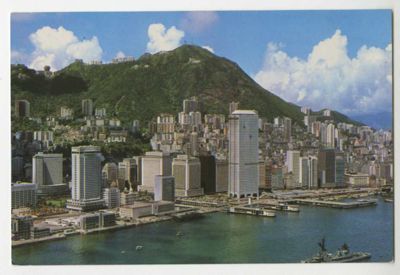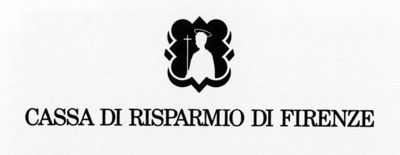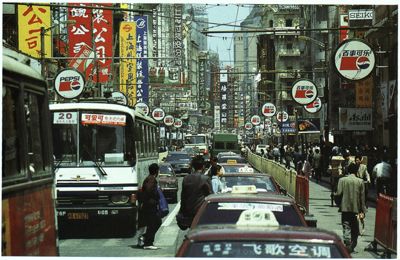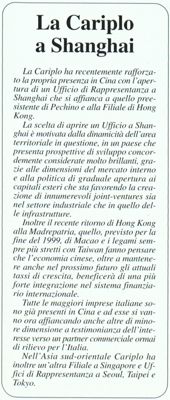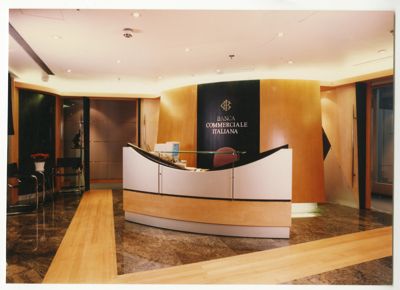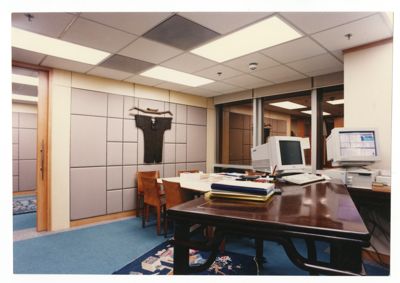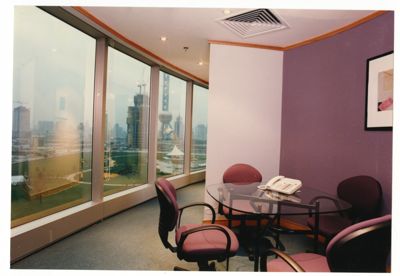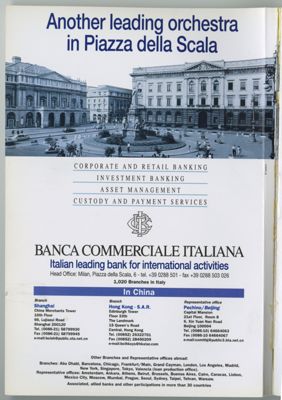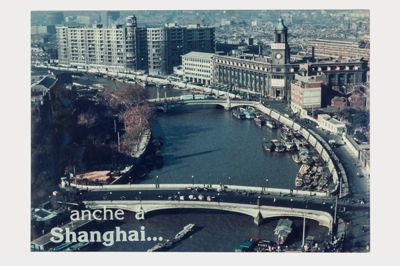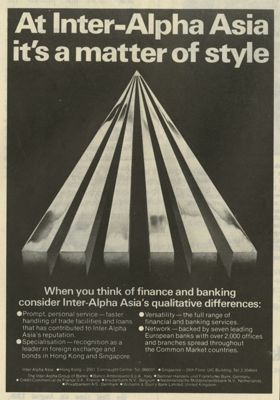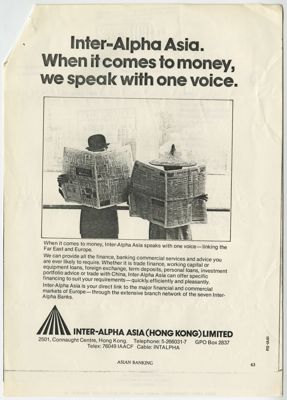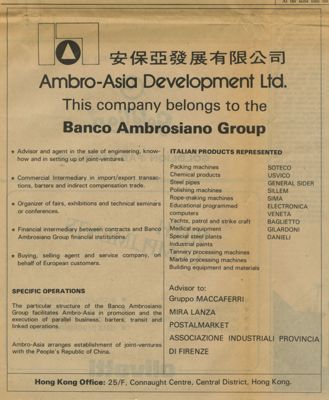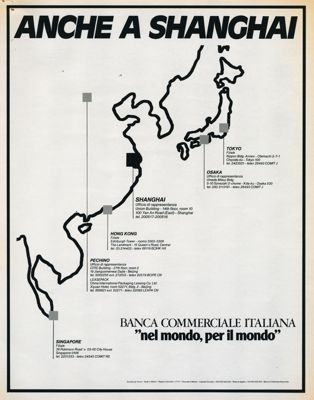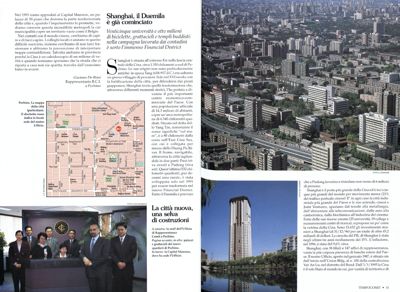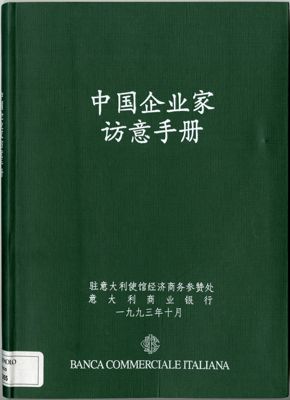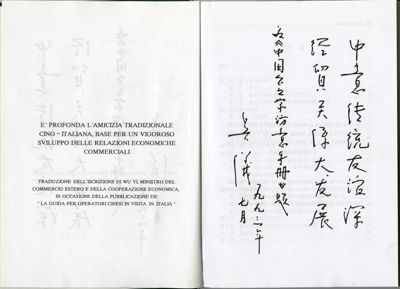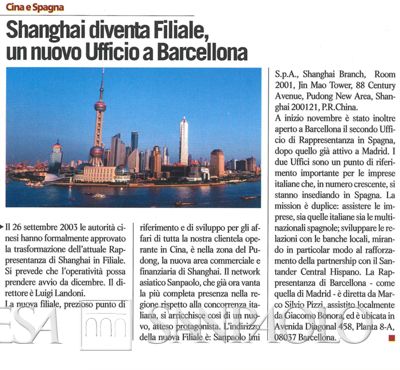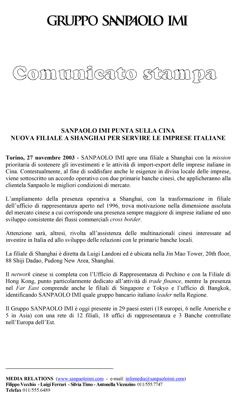| description |
TIMELINE
1976: Banco Ambrosiano representative office opened in Hong Kong through the Inter-Alpha Group.
1979: Banca Commerciale Italiana representative office opened in Hong Kong.
1981: Banca Commerciale Italiana representative office opened in Beijing (formerly Peking).
1983: CARIPLO representative office inaugurated in Hong Kong.
1984: Banca Commerciale Italiana representative office in Hong Kong transformed into a branch.
1986: CARIPLO representative office opened in Beijing (formerly Peking).
1987: Banca Commerciale Italiana representative office opened in Shanghai.
1987: Banco di Napoli branch opened in Hong Kong.
1988: CARIPLO's representative office in Hong Kong transformed into a branch.
1990: Istituto Bancario San Paolo representative office opened in Beijing (formerly Peking).
1994: Banco Ambrosiano Veneto representative office opened in Beijing (formerly Peking).
1996: Istituto Bancario San Paolo branch opened in Shanghai.
1996: CARIPLO representative office opened in Shanghai.
1997: Banca Commerciale Italiana branch opened in Shanghai.
Background
Following an initial unsuccessful attempt that ended with the liquidation in 1909 of the Società Italiana per il Commercio con le Colonie, in 1913 Otto Joel, the CEO of Banca Commerciale Italiana (BCI), lent his support to a proposal advanced by Italy's ambassador to China, Carlo Sforza, to enter that country's banking sector, and in 1920 Banca Italo-Cinese (Sino-Italian Bank) was founded.
BCI's most important initiative in the interwar period was undoubtedly its acquisition of a stake in Banque Industrielle de Chine, which had been founded in Paris in 1913.
Following World War II, the bank gradually resumed its young relationship with China by way of various activities enabling it to become more familiar with the Chinese market and to develop relations with the new Communist regime.
Italian companies and institutions interested in approaching the Chinese market (and other markets in Communist countries) saw BCI as a well-respected and important interlocutor. In 1957, for example, leading members from the Italian government and political, economic and cultural spheres who had worked to promote the Centro per lo Sviluppo delle Relazioni con la Cina (Center for the Development of Relations with China) turned to Raffaele Mattioli, then BCI's CEO, both for financial support and, more importantly, for his ideas and experiences.
Just a few years earlier, the renowned Italian economist Piero Sraffa had described his own Fall 1954 trip to China to Mattioli.
Hong Kong
Italy's banks approached Communist China via Hong Kong, then a British colony and therefore more accessible.
In 1976 Banco Ambroveneto (first as Banco Ambrosiano, then Nuovo Banco Ambrosiano) opened a representative office through the Inter-Alpha Group.
In 1979 BCI also set up a representative office in Hong Kong; it was transformed into a branch in 1984.
In the early 1980s Nuovo Banco Ambrosiano, too, set up a representative office which it shared with Banca Cattolica del Veneto, Banca San Paolo di Brescia and Credito Romagnolo. Banco di Napoli opened its own Hong Kong branch in 1987, a year before CARIPLO's representative office, set up in 1983, was transformed into a branch.
Beijing (formerly Peking) and Shanghai
When BCI opened its representative office in Beijing (formerly Peking) in 1981, it became the first Italian bank - and one of only three European banks, along with Midland Bank and Banque Nationale de Paris - to be given authorization to establish a direct presence in the capital city of communist China.
CARIPLO opened its own representative office in Beijing in 1986, and a year later BCI opened a second China-based representative office in Shanghai. In 1997 this office was transformed into a branch; over time its clients and correspondent banks came to include some thirty Chinese banks and financial institutions.
Banco Ambroveneto opened a representative office in Beijing in 1994 and CARIPLO and Istituto Bancario San Paolo opened their own in Shanghai in 1996.
Agreements and initiatives
The 1970s and 80s saw both an expansion of Italy-China commercial exchanges and an important agreement among the member institutions of the Associazione Bancaria Italiana (ABI) that was finalized with the support of IMI and the patronage of Rinaldo Ossola, Italy's Minister of Foreign Trade at the time. It involved a one billion dollar loan for an industrial modernization program carried out in the People's Republic of China with the support of Italian companies.
Italian banks operated in China both directly and through agreements and partnerships with local financial institutions.
Between 1980 and 1981 BCI signed an agreement with Citic-China International Trust and Investment Corp. - a public body working to promote joint ventures with large foreign groups and to acquire advanced technologies - to foster collaborative activities between the customers of the two institutions.
On 1 November 1984 BCI set up China International Packaging Leasing Co. Ltd. (known as Leasepack), a joint venture with French companies. Its aim was to enter the Chinese leasing market through the supply of Italian and French packaging machines, and to help to foster commercial activities between China and Italy.
In early 1986 Istituto Bancario San Paolo helped set up the Cathay consortium to foster relations with China in the automotive industry.
In 1987 the Bank of China provided a loan for the supply of ANSALDO-GIE equipment to the Dagang thermal power plant. In the same period CARIPLO was busy working through the Finafrica Foundation on an extensive program to train Chinese senior executives from the world of banking, industry and government.
As both the Chinese economy and Italo-Chinese political and trade relations expanded rapidly, in 1991 BCI and China's Bank of Communications opened a 20 million dollar credit line to support Italian exports to China.
Banca Intesa maintained a presence in the country over time and in 2007 Intesa Sanpaolo, the first Italian bank to buy shares in a Chinese bank, acquired a 19.99% stake in Bank of Qingdao, with headquarters in the Shandong province. |
